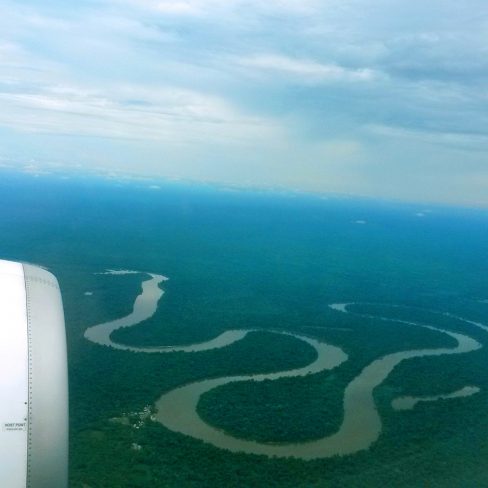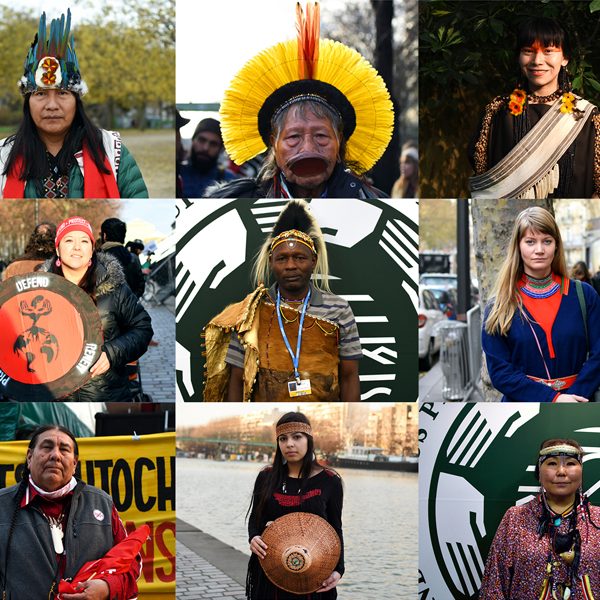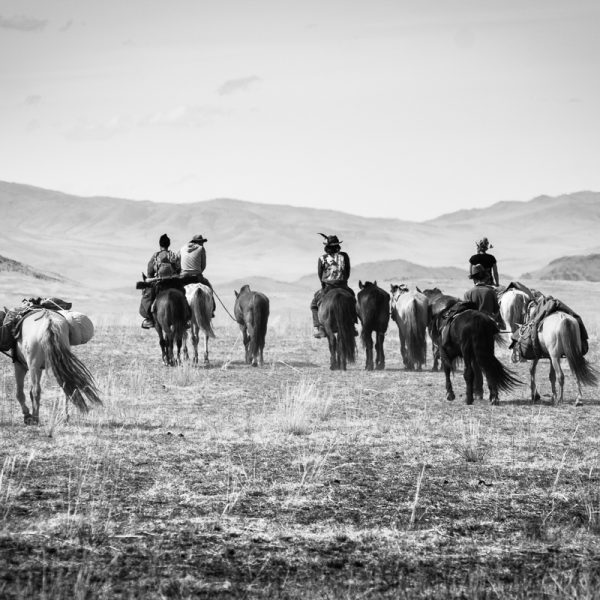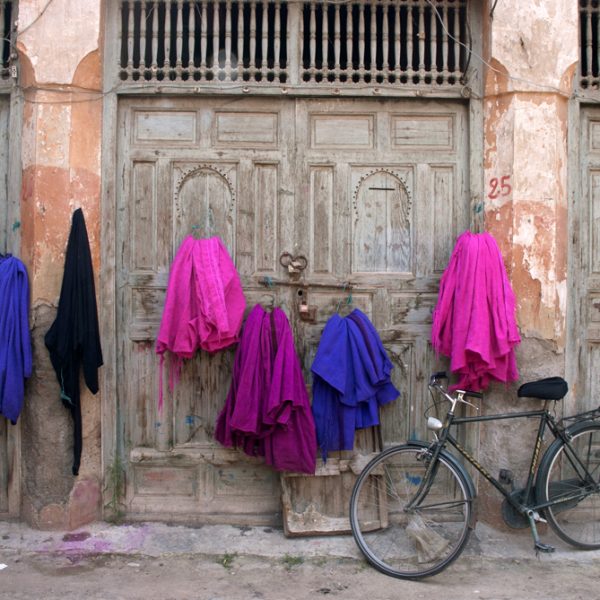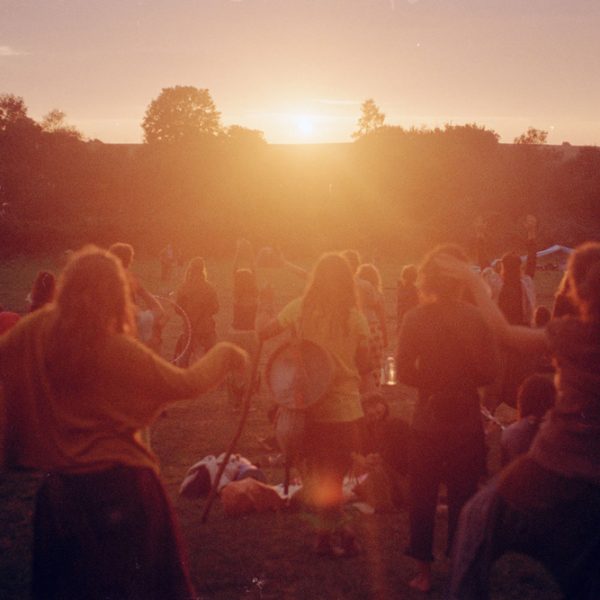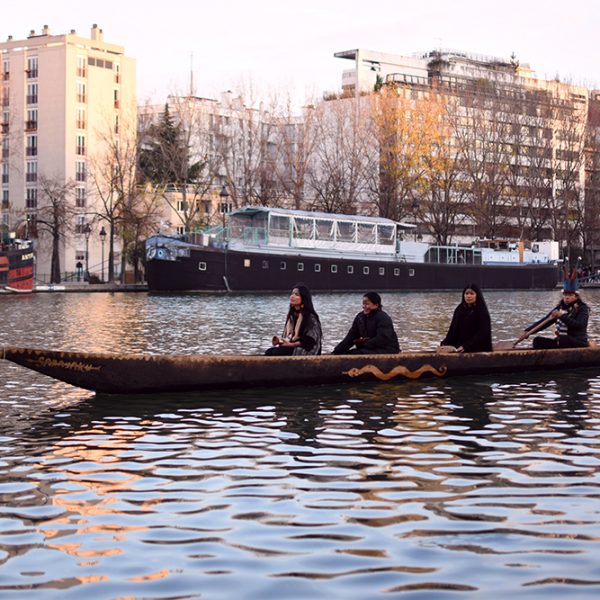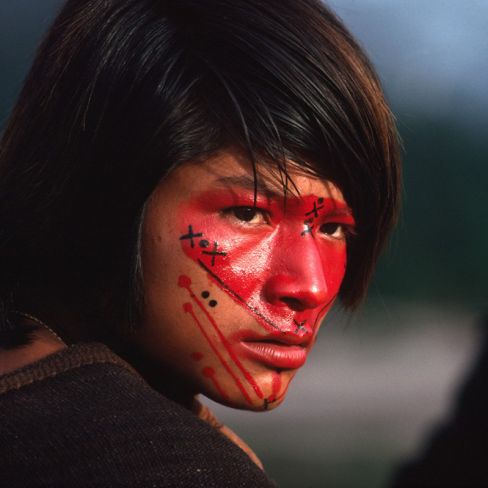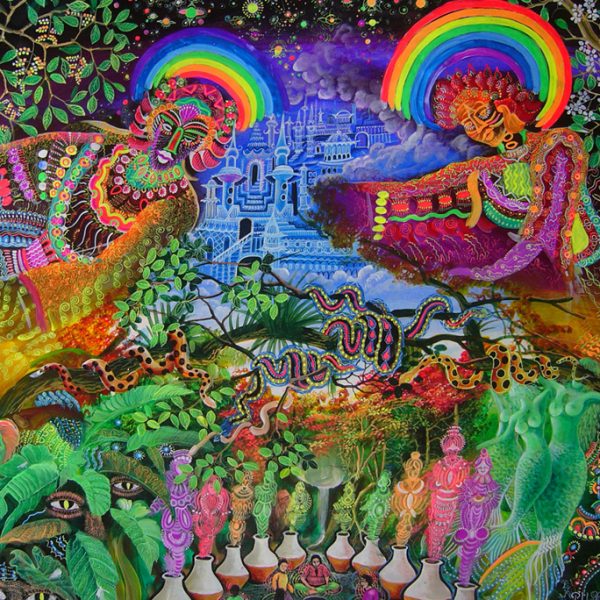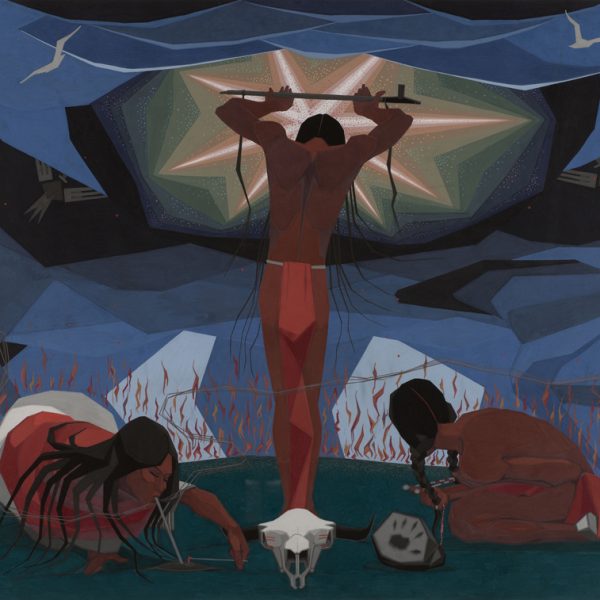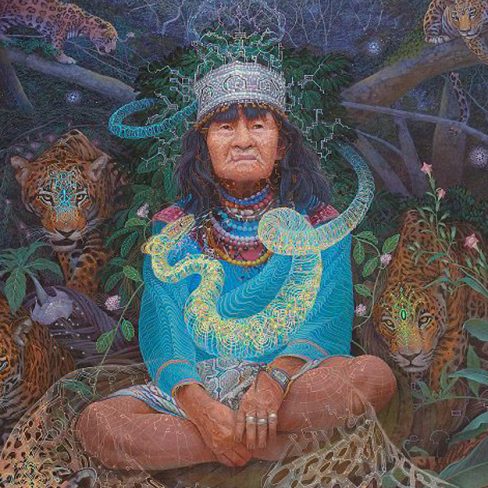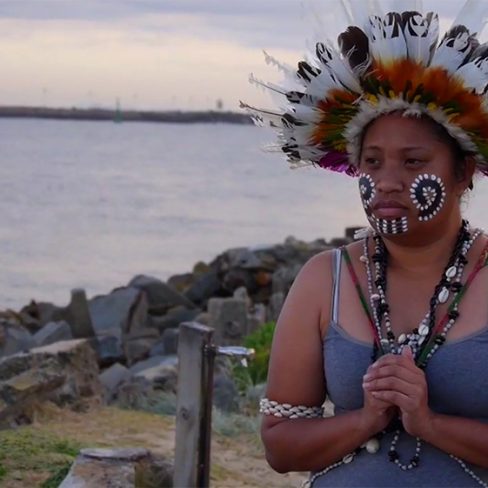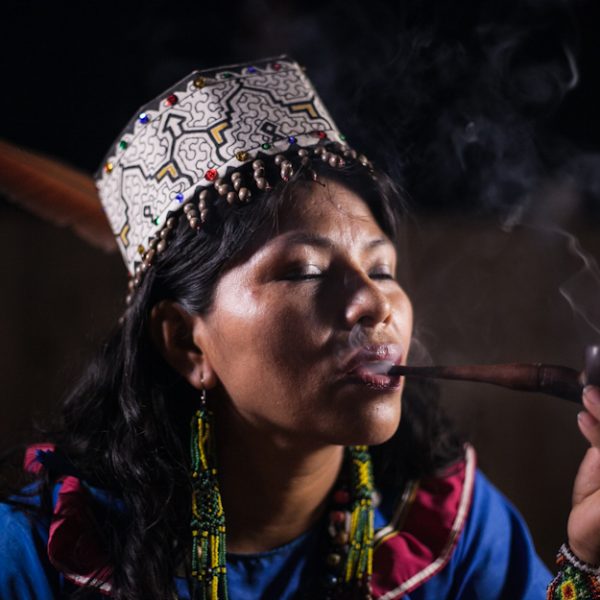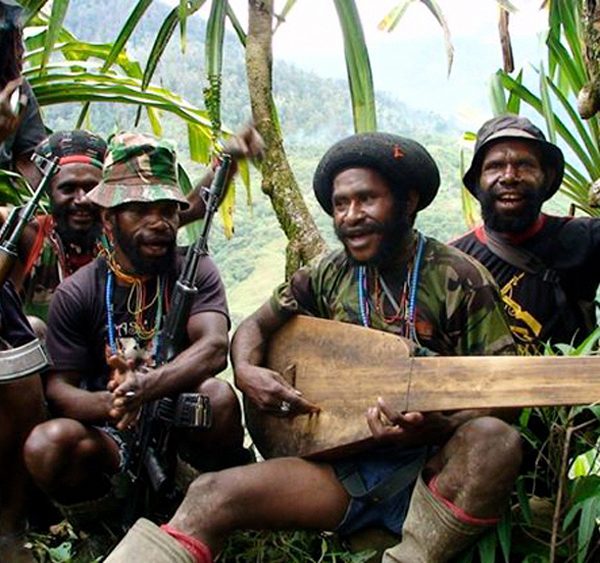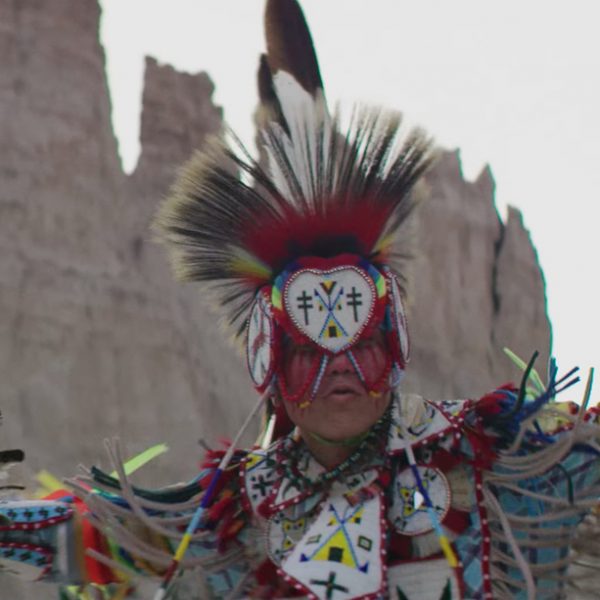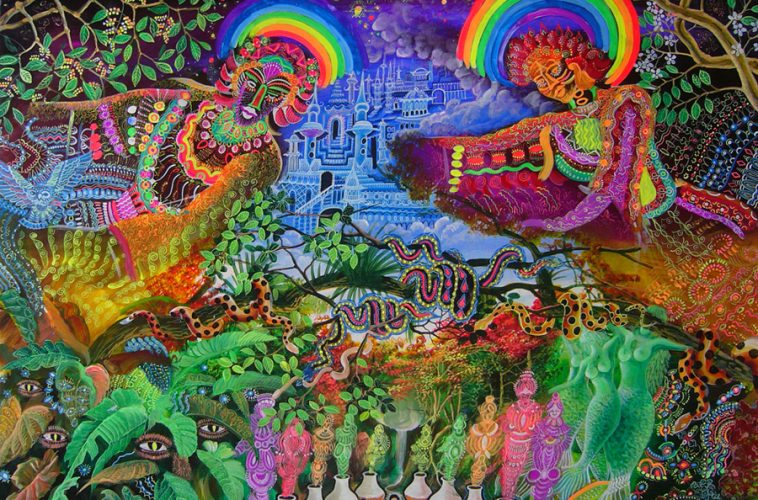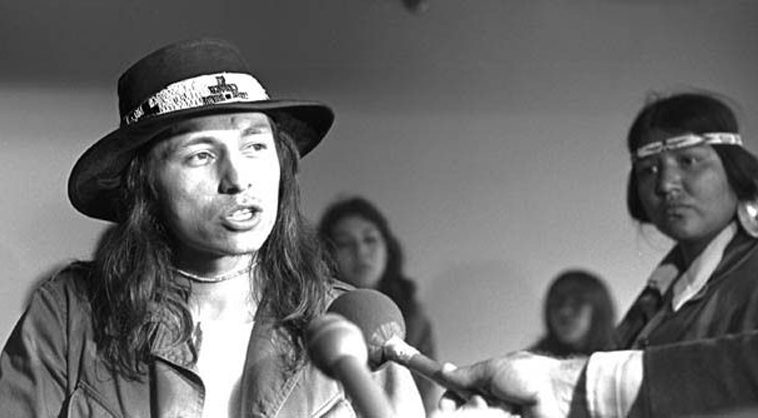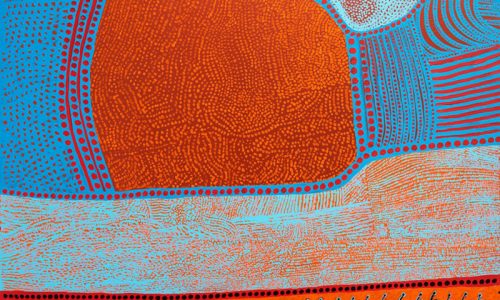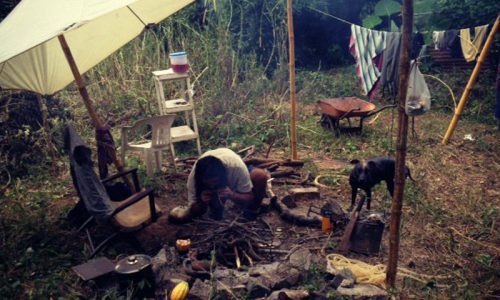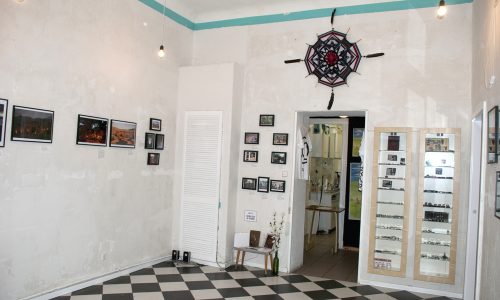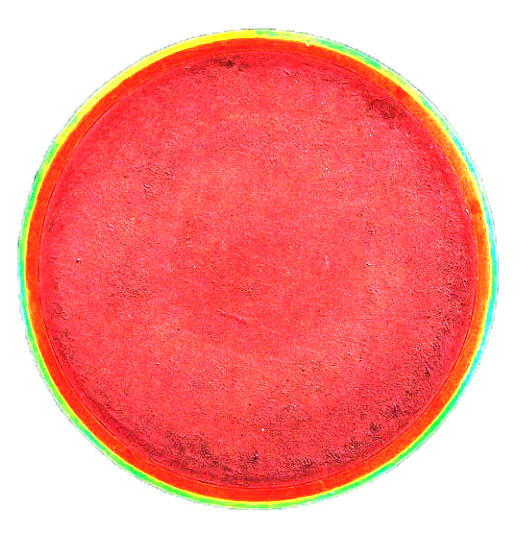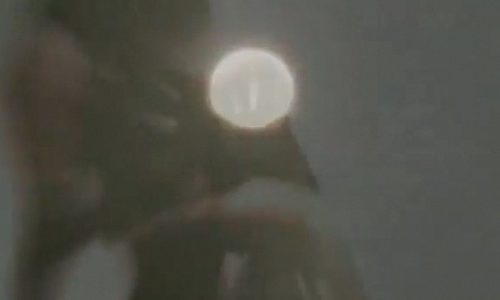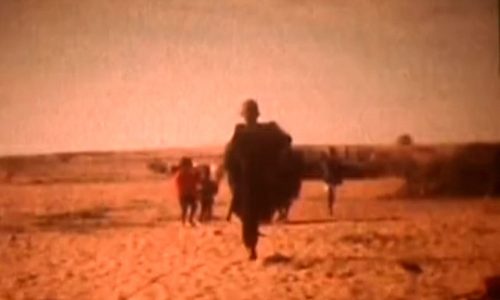FREE WEST PAPUA, The Call From Tribal Leader Benny Wenda
Chief Benny Wenda shares the story of his people and the fight to free their land
7 Jan 2015
Now living in exile in England, Chief BENNY WENDA of the Dani tribe in WEST PAPUA has fled Indonesia to find safety. Largely hidden from the foreign media’s eye, Papuan tribal peoples today confront a violent and repressive Indonesian military occupation on their ancestral lands. Located in the southwest Pacific Ocean, the island divided into WEST PAPUA and PAPUA NEW GUINEA is home to over a thousand tribes, who have called the beautiful rainforest their home for over 60 000 years. But over the past fifty years, Papuan tribal peoples suffer from the destruction of their way of life, livelihood, homes and the loss of their ancestral lands, sacred to them and necessary to their survival. “A slow-moving genocide”, says Benny Wenda. Here, BENNY WENDA, West Papuan independence leader, two-time Nobel Peace Prize nominee and founder of the FREE WEST PAPUA campaign, shares the story of his people and his promise to free his land.
Extracts collected by Sophie Pinchetti from Benny Wenda at the 10th edition of Boom Festival’s Liminal Village, Portugal.
Welcome! I am a tribal man from West Papua. You may know New Guinea or visit the Pacific.
West Papua is 500 km north of Australia. But nobody knows what’s happening in West Papua. In Papua New Guinea, for over 60,000 years West Papuans have lived without any fear, in peace and harmony with the nature, with the forest, with the mountain.
But when two men conquered this island, they divided it into two, like a cake: Dutch and British. So the British part was called Papua New Guinea. The Dutch part was called West Papua. It became occupied from 1963 [by Indonesia] until today. Killing, imprisonment and torture are still happening.
When Indonesia arrived, they brought the multinational companies, the logging companies, and they destroyed our Mother Earth, our forest, our mountain! Before these people arrived, we lived in peace with our nature, in peace with our Mother Earth.
Today, our Mother Earth cries.
My people cry.
Our forest cries, our mountain cries, our rivers cry, and we are becoming voiceless, this planet. And we know that we share one Planet. We live now. But somebody else is trying to destroy it.
West Papua has 250 tribes, and I’m the leader of the biggest tribe called Lani or Dani.
When I go back to my village, I put on my tribal dress. But here, wherever I go, I put on my headdress, my tie, and my guitar, and show the world that this is who I am, this is what I am fighting for.
Our struggle in West Papua is for political independence. But it’s not only about political independence. But also how to survive. Because our identity and culture has been destroyed. Our forest has been destroyed, our mountain. Our people cry the last fifty years.
“Our identity and culture has been destroyed.
Our forest has been destroyed, our mountain.”
But because we are “primitive”, nobody listens out there. Because we are a tribe, we don’t have any clothes, we don’t have any soap, we don’t have any supermarket, “dirty”, that’s what the Indonesian call us. We have a supermarket! The forest is our supermarket. In Europe, you have a supermarket. You have money. You go to the supermarket to buy everything you need.
We have the forest. But then the logging companies arrived – and they destroy our forest. We have our Paradise, our mountain. But the multinational company arrived and they destroy our mountain. We have our big river, our big lake. But the multinational company arrived, and destroy, polluting our rivers. That’s why we cry. For help. To be at peace with our nature. Peace with the other people. But somebody else come and destroys.
This is happening not only in West Papua, but South America, North America, India, Middle East, everywhere. Who will be the voice?
You are the voice of the tribal peoples around the world.
I hope one day we are one Spirit, one People.
On the outside, we seem a different a colour, but inside your blood, what colour is that? It’s red. It means we are One, we are one People, one Soul, one Spirit, one Culture, one Identity.
I grew up in the bush. I was always trying to help my mom and gardening. And I remember, my mother, before she planted a seed, she was always singing. Singing, singing. And I said, ‘Mom, why are you singing?’, and she said: ‘You have to be singing to the land, singing to the soil. When you are singing, it’s not singing for the people, but singing for forests, singing for the land. The land will keep happy and give good soil (…) You are connected to the land.‘
When my parents cut trees, big trees, they always say some word to the trees – I’m cutting this because I need you: make fence, make house.
So that’s why we are connected in spirit with the Planet, Mother Earth, and Forest, and Mountain. We build a garden: we have to talk to the land. You have to love – not just made up, pretending, but we have to love from our heart. To love the nature, it will love you.
I escaped the prison. Indonesia put me into 25 years in the prison, but I served one year. They tried to kill me inside the prison. Before I escaped, there was no way to escape.
But I had written a word, a few notes, to my ancestor: ‘Today I will leave you with the tears. My life is in danger. I don’t want to stay, if I stay, I will be killed.’ I wrote the message, to Mother Earth, my forest, my mountain, my people, my ancestor, I said, ‘But one day I will come back. You will smile.’ This I promised to my land, my forest, my mountain, my river, my people. I don’t know when I fulfil my promise. Before I left, I cried.
And then something happened. I prayed to my ancestor and to Mother Earth. I left at the same time that the wind blew at midnight. I broke the ventilation and managed to escape. And I came to the United Kingdom. Now I am living in the United Kingdom and trying to campaign.
“Free my people, free my tribe!”
That’s why today I am here. You are my messengers, for my people and other tribal peoples around the world.
I promise, one day West Papua Free! One day I will invite you to meet my tribe, when West Papua is free!
To support Papuan peoples’ right to self determination and find out more about the Free West Papua campaign:
“Our freedom as indigenous Māori and Pacific women in Aotearoa New Zealand is inextricably bound up with that of our Pacific West Papuan brothers and sisters. Our mouths are adorned with the Morning Star flag as symbol of enforced West Papuan silence.”





